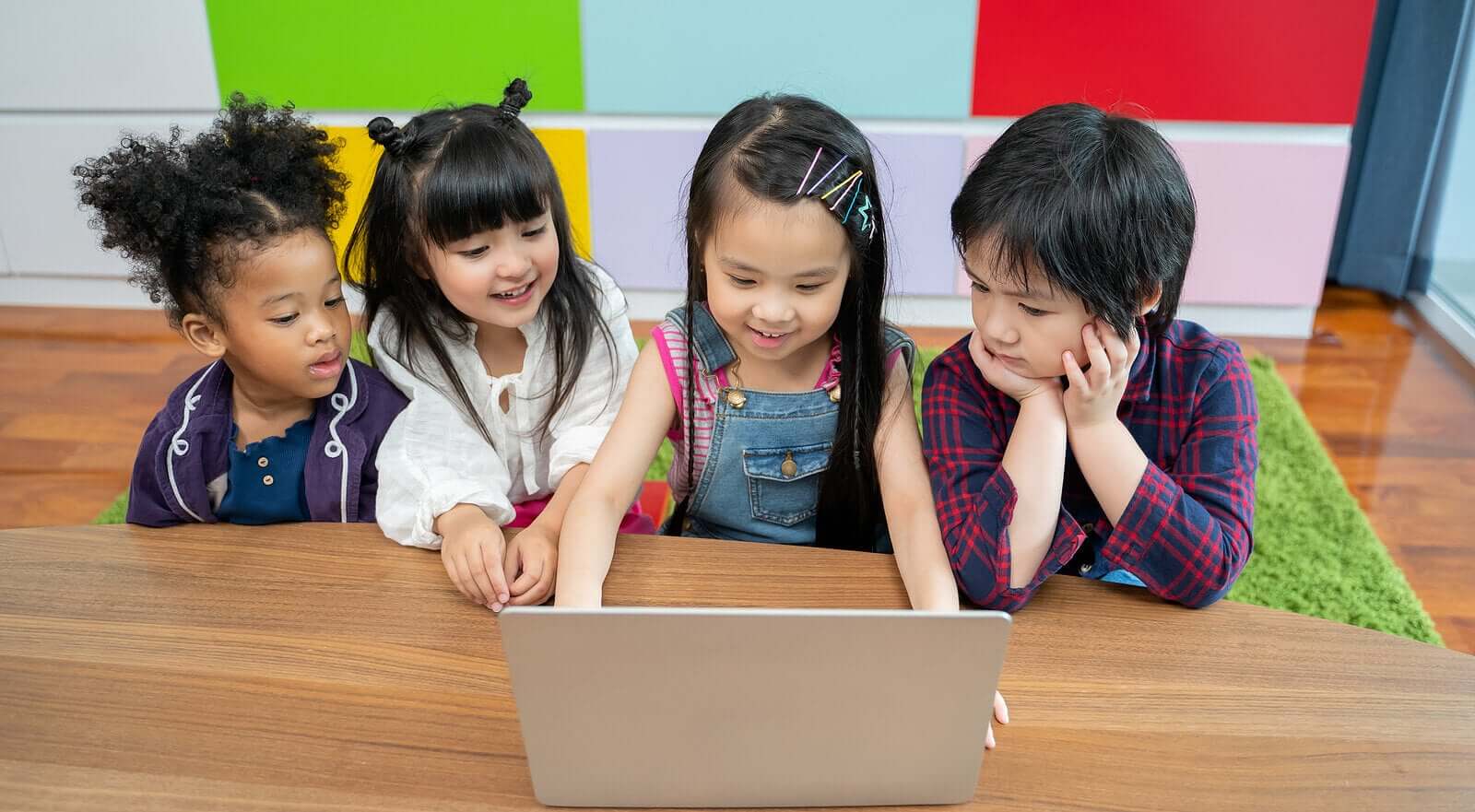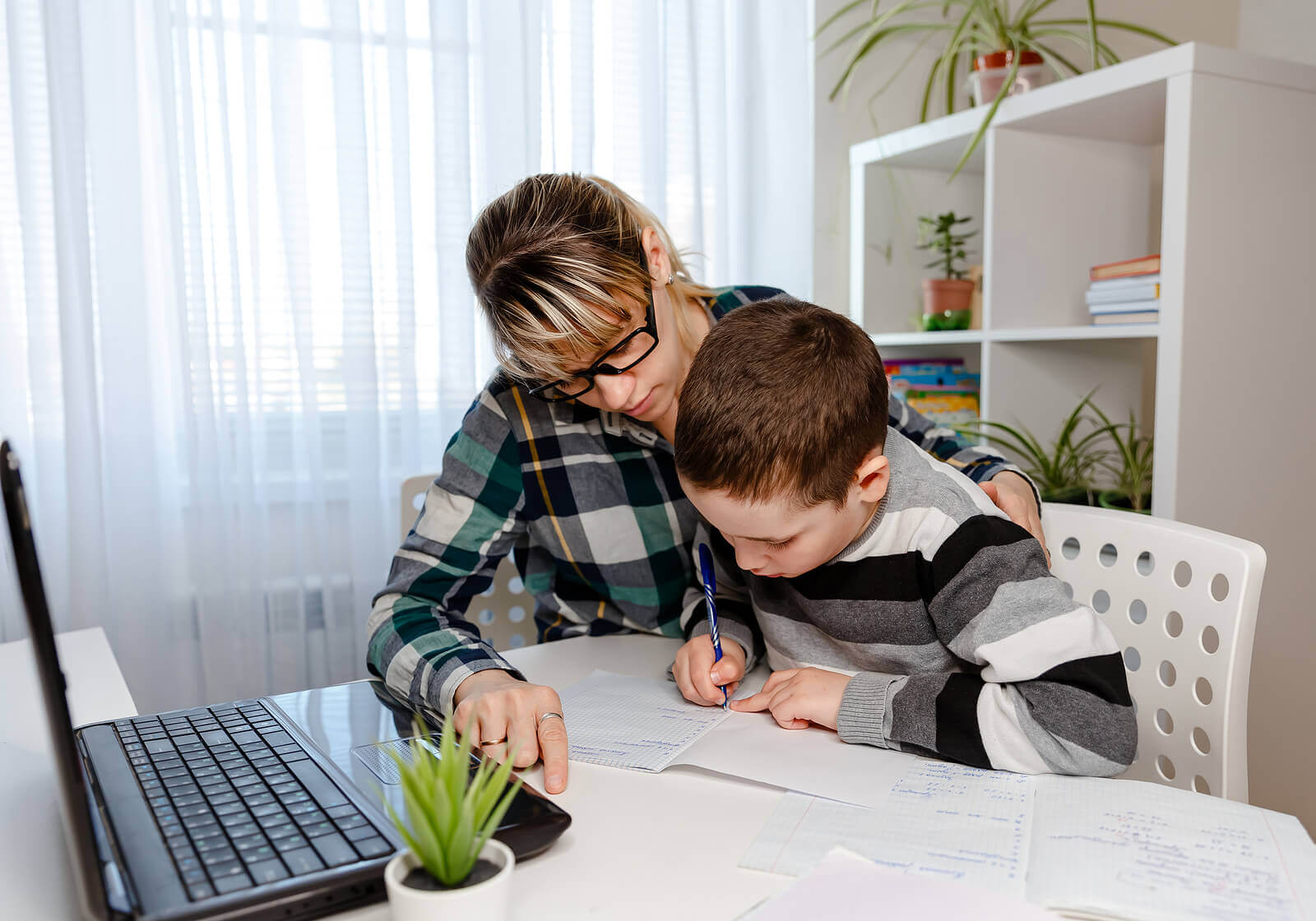Incidental Education: Everything You Need to Know

With incidental education, daily life situations and activities can become learning opportunities that children can make the most of. Both in family and school contexts, incidental education involves using daily life situations so that children —both younger and older — can learn concepts and behaviors.
Incidental learning
There are various discrepancies regarding the differences between informal and incidental learning. As José Luis Illera states in the article “Informal Education, Everyday Life and Tacit Learning,” the subdivisions between the forms of informal learning are hard to see as they are not quite clear.”
He highlights that in both forms of education — informal and incidental — learning processes take place. Occasionally, they occur on an even basis with formal education.

Additionally, the author suggests that explicit and implicit learning take place simultaneously, both at school and in everyday life. It’s just that different learning results are obtained. When integrated into types of knowledge, the social consideration given to them differs from one another.
In this line, the importance of informal or accidental learning is highlighted. This learning takes place unconsciously and, for the most part, it cannot be verbalized.
Yet, true knowledge is gained from it. These pieces of knowledge, despite their informal or incidental acquisition, influence and change cognitive and social schemes of perception and action.
Characteristics of incidental learning
- The learning processes take place every day, in family and working contexts, moments, and situations.
- The knowledge acquired is related or connected to activities, experiences, or situations that are seemingly unrelated to each other.
- It’s acquired through observation and experimentation with the environment and after communicating and relating to people.
- The education is non-intentional, unplanned. It has no defined objectives or deadlines.
- Knowledge can also be acquired after getting in contact or interacting with the media.
- The basics of incidental learning is non-structured exploration.
- It promotes curiosity.
Incidental education
In a school context, incidental education would entail an intentional intervention. However, taking into account the characteristics and lack of intentionality of incidental learning, that may seem paradoxical.
For this type of lessons, there has to be some planning of the objectives to follow and some preorganization of the resources and space. In other words, the teachings need to be planned so that they can go with the activities and day-to-day routine of the classroom. In this way, children will learn behaviors and abilities almost without noticing it, that is, in an entertaining and almost automatic way.
So, the goal of incidental education must be to make the most out of the incidentals. In other words, to take advantage of those learnings linked to more informal, flexible, playful, and fun situations. In any case, school teachings should integrate both processes of teaching and learning — both the most formal, regulated one and the most informal, incidental one.
For that purpose, there should be activities that spark the children’s interest and motivate them to live experiences inside the classroom. In this sense, it’s interesting to design and implement educational activities such as assemblies, work projects, or work corners. Or, in the case of older children, it’s interesting to put into practice group dynamics such as role-playing, for example.
Characteristics of incidental education
- The goal is to learn from informal situations inside the classroom.
- It encourages active participation and training while knowledge and behaviors are being acquired.
- Incidental education promotes the interaction between children, creating a flexible and fun environment among them.
- It stimulates children’s interest in discovering and experimenting during their learning processes.
- It’s a challenging and motivating education.

Incidental education as a tool to develop behaviors and abilities
As people, both children and adults, experiment with their day-to-day life, they learn. Everyday situations teach advanced behaviors and abilities to older people and more basic skills to children. Still, these behaviors and abilities will be necessary when they grow up, as they’ll become the basics of more complex skills.
Children get involved in incidental learnings as they develop their skills. These skills, such as talking, moving and interacting, become stronger when they play and interact with others in the least expected situations. The youngest ones learn during recess, when entering or exiting school, and even in the funniest or most stressful situations.
Therefore, it’s important that parents and teachers make the most out of everyday moments to teach abilities and behaviors. Adults should make use of life itself – not only to teach children simple behaviors (such as saying hello, please, and thank you), but also to teach more advanced behaviors and abilities (such as cooperating, empathizing, and reflecting about life situations).
In short, the aim of incidental education should be to reveal tacit and implicit content that are involved in everyday, simple situations. These pieces of knowledge help shape ways of thinking and behaving both for children and adults in an incidental way.
With incidental education, daily life situations and activities can become learning opportunities that children can make the most of. Both in family and school contexts, incidental education involves using daily life situations so that children —both younger and older — can learn concepts and behaviors.
Incidental learning
There are various discrepancies regarding the differences between informal and incidental learning. As José Luis Illera states in the article “Informal Education, Everyday Life and Tacit Learning,” the subdivisions between the forms of informal learning are hard to see as they are not quite clear.”
He highlights that in both forms of education — informal and incidental — learning processes take place. Occasionally, they occur on an even basis with formal education.

Additionally, the author suggests that explicit and implicit learning take place simultaneously, both at school and in everyday life. It’s just that different learning results are obtained. When integrated into types of knowledge, the social consideration given to them differs from one another.
In this line, the importance of informal or accidental learning is highlighted. This learning takes place unconsciously and, for the most part, it cannot be verbalized.
Yet, true knowledge is gained from it. These pieces of knowledge, despite their informal or incidental acquisition, influence and change cognitive and social schemes of perception and action.
Characteristics of incidental learning
- The learning processes take place every day, in family and working contexts, moments, and situations.
- The knowledge acquired is related or connected to activities, experiences, or situations that are seemingly unrelated to each other.
- It’s acquired through observation and experimentation with the environment and after communicating and relating to people.
- The education is non-intentional, unplanned. It has no defined objectives or deadlines.
- Knowledge can also be acquired after getting in contact or interacting with the media.
- The basics of incidental learning is non-structured exploration.
- It promotes curiosity.
Incidental education
In a school context, incidental education would entail an intentional intervention. However, taking into account the characteristics and lack of intentionality of incidental learning, that may seem paradoxical.
For this type of lessons, there has to be some planning of the objectives to follow and some preorganization of the resources and space. In other words, the teachings need to be planned so that they can go with the activities and day-to-day routine of the classroom. In this way, children will learn behaviors and abilities almost without noticing it, that is, in an entertaining and almost automatic way.
So, the goal of incidental education must be to make the most out of the incidentals. In other words, to take advantage of those learnings linked to more informal, flexible, playful, and fun situations. In any case, school teachings should integrate both processes of teaching and learning — both the most formal, regulated one and the most informal, incidental one.
For that purpose, there should be activities that spark the children’s interest and motivate them to live experiences inside the classroom. In this sense, it’s interesting to design and implement educational activities such as assemblies, work projects, or work corners. Or, in the case of older children, it’s interesting to put into practice group dynamics such as role-playing, for example.
Characteristics of incidental education
- The goal is to learn from informal situations inside the classroom.
- It encourages active participation and training while knowledge and behaviors are being acquired.
- Incidental education promotes the interaction between children, creating a flexible and fun environment among them.
- It stimulates children’s interest in discovering and experimenting during their learning processes.
- It’s a challenging and motivating education.

Incidental education as a tool to develop behaviors and abilities
As people, both children and adults, experiment with their day-to-day life, they learn. Everyday situations teach advanced behaviors and abilities to older people and more basic skills to children. Still, these behaviors and abilities will be necessary when they grow up, as they’ll become the basics of more complex skills.
Children get involved in incidental learnings as they develop their skills. These skills, such as talking, moving and interacting, become stronger when they play and interact with others in the least expected situations. The youngest ones learn during recess, when entering or exiting school, and even in the funniest or most stressful situations.
Therefore, it’s important that parents and teachers make the most out of everyday moments to teach abilities and behaviors. Adults should make use of life itself – not only to teach children simple behaviors (such as saying hello, please, and thank you), but also to teach more advanced behaviors and abilities (such as cooperating, empathizing, and reflecting about life situations).
In short, the aim of incidental education should be to reveal tacit and implicit content that are involved in everyday, simple situations. These pieces of knowledge help shape ways of thinking and behaving both for children and adults in an incidental way.
All cited sources were thoroughly reviewed by our team to ensure their quality, reliability, currency, and validity. The bibliography of this article was considered reliable and of academic or scientific accuracy.
- Rodríguez Illera, J. L. (2018). Educación informal, vida cotidiana y aprendizaje tácito. Recuperado de https://gredos.usal.es/bitstream/handle/10366/138452/Educacion_informal%2c_vida_cotidiana_y_apr.pdf?sequence=1&isAllowed=y
- Asenjo, E., Asensio, M., y Rodríguez-Moneo, M. (2012). Aprendizaje informal. Recuperado de https://repositorio.uam.es/bitstream/handle/10486/11469/57000_3.pdf?sequence=1
This text is provided for informational purposes only and does not replace consultation with a professional. If in doubt, consult your specialist.








